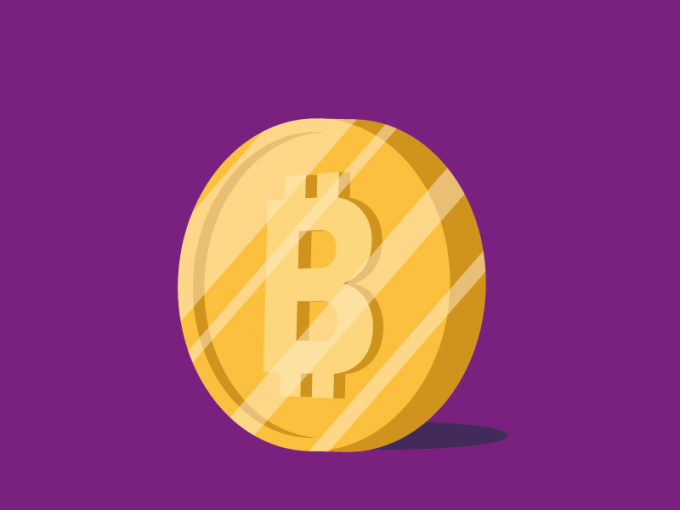<

Cryptocurrency could soon be a big part of the restaurant world. Find out how the model is being taken up by the hospitality industry in Eloise Sheppard’s Guest Technology Editor column for Restaurant Magazine.
The idea of ‘farm to fork’ traceability is not new. Technology, however, is starting to provide better ways of achieving reliable transparency and, with diners increasingly interested in food provenance, it makes sense for restaurants to have a handle on their ingredients.
The problem is knowing what to trust when it comes to information. Although it’s still the new kid on the block in payment terms, interestingly, blockchain seems to be gaining traction with operators for its ability to act as a data hub, storing details throughout the ingredient journey. And it might be time for more of us to take note.
Manchester venue Sandbar went cashless this year and now only accepts cards and cryptocurrency such as Bitcoin. The operator calculated teams were spending 40 hours a week on admin for cash transactions. Removing paper money freed up time that could be better spent on fine-tuning the business, as well as removing temptation for thieves.
Sandbar won’t be alone. According to trade body UK Finance, evolving habits and new technology are giving customers ever more reason to can the cash. Card payments rose to £13.2bn at the end of 2017, overtaking cash for the first time, and operators will need to jump on cryptocurrency when they feel the time is right. Providers are already on the ground, making sure cryptocurrency platforms can integrate with EPoS systems.
However, while some restaurants might not be ready to accept cryptocurrency as payment, it’s adding value to our sector in other ways, and so is blockchain.
A blockchain is a digital platform of all cryptocurrency transactions, which allows participants to keep track without external record keeping. Data is stored on participants’ computers and entries can’t be changed once added. If a record is altered on one computer, this won’t be reflected on the others. It’s not restricted to finance either.
Almost any kind of data can be recorded, making it an enticing prospect for operators looking to keep track of their best – and worst – suppliers. Say, for example, chicken was found to be contaminated – blockchain could trace the product through the distribution cycle.
Food quality can be tracked in the same way. If a restaurant is receiving consistently good – or poor – produce from a distributor, the operator could use the blockchain ledger to identify the source, increase orders of the good stuff or eliminate low-quality ingredients. The technology can also be used to verify an operator’s own claims.
If a concept sets out to appeal to a certain customer – maybe as a vegan or gluten-free specialist, or one that only sources from local producers – the ability to prove this is vital.
It looks as though blockchain will become an established facet of the restaurant industry as it slots gradually into mainstream payment methods and starts to cure supply chain headaches. The fact that providers are also seeing the value in restaurant tech integration for their systems, and investing in it as a defined revenue stream, speaks volumes for the way this tide will turn.
